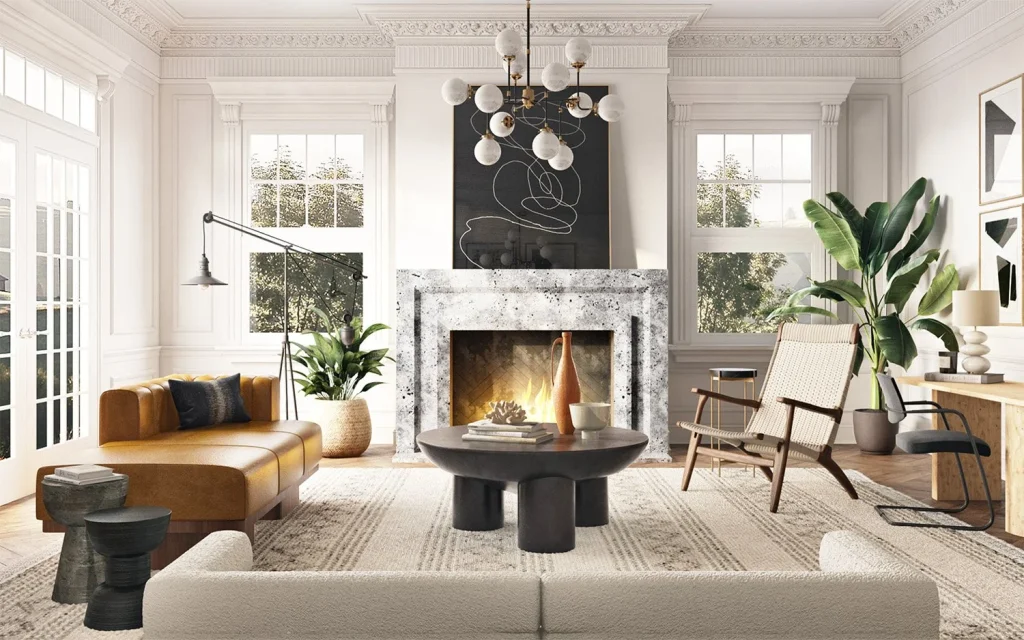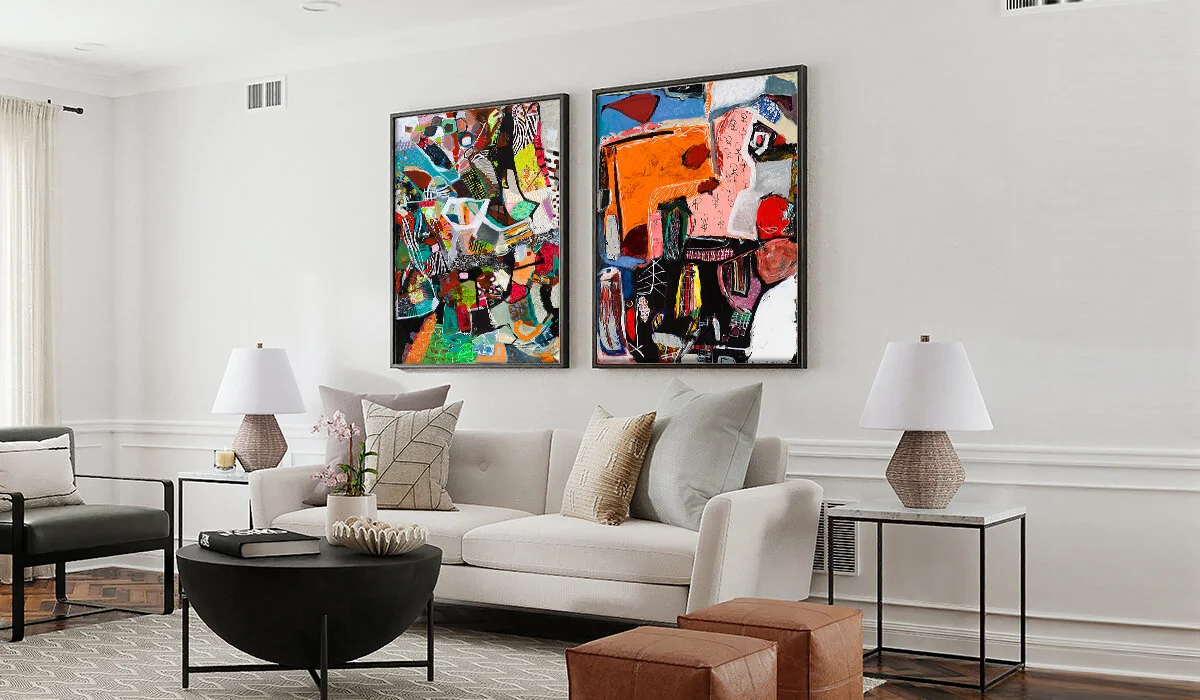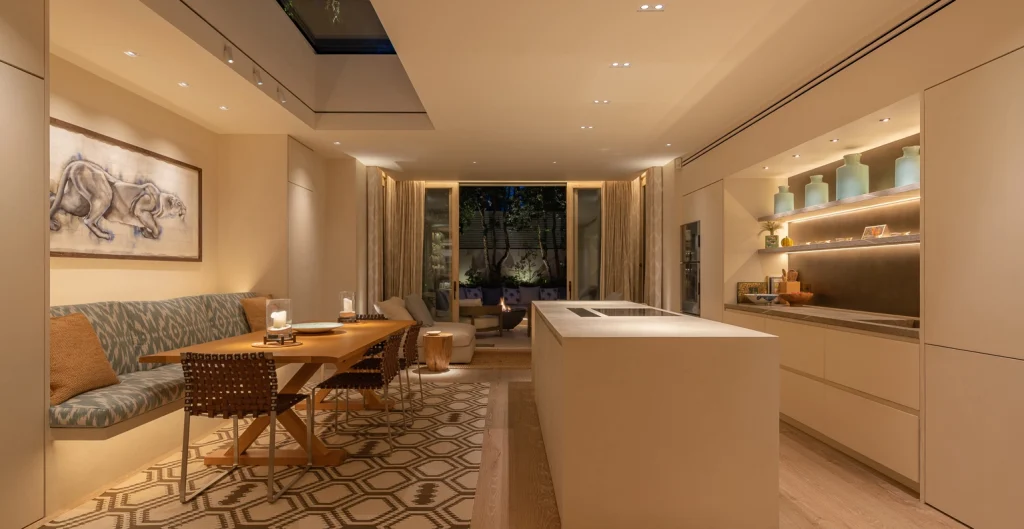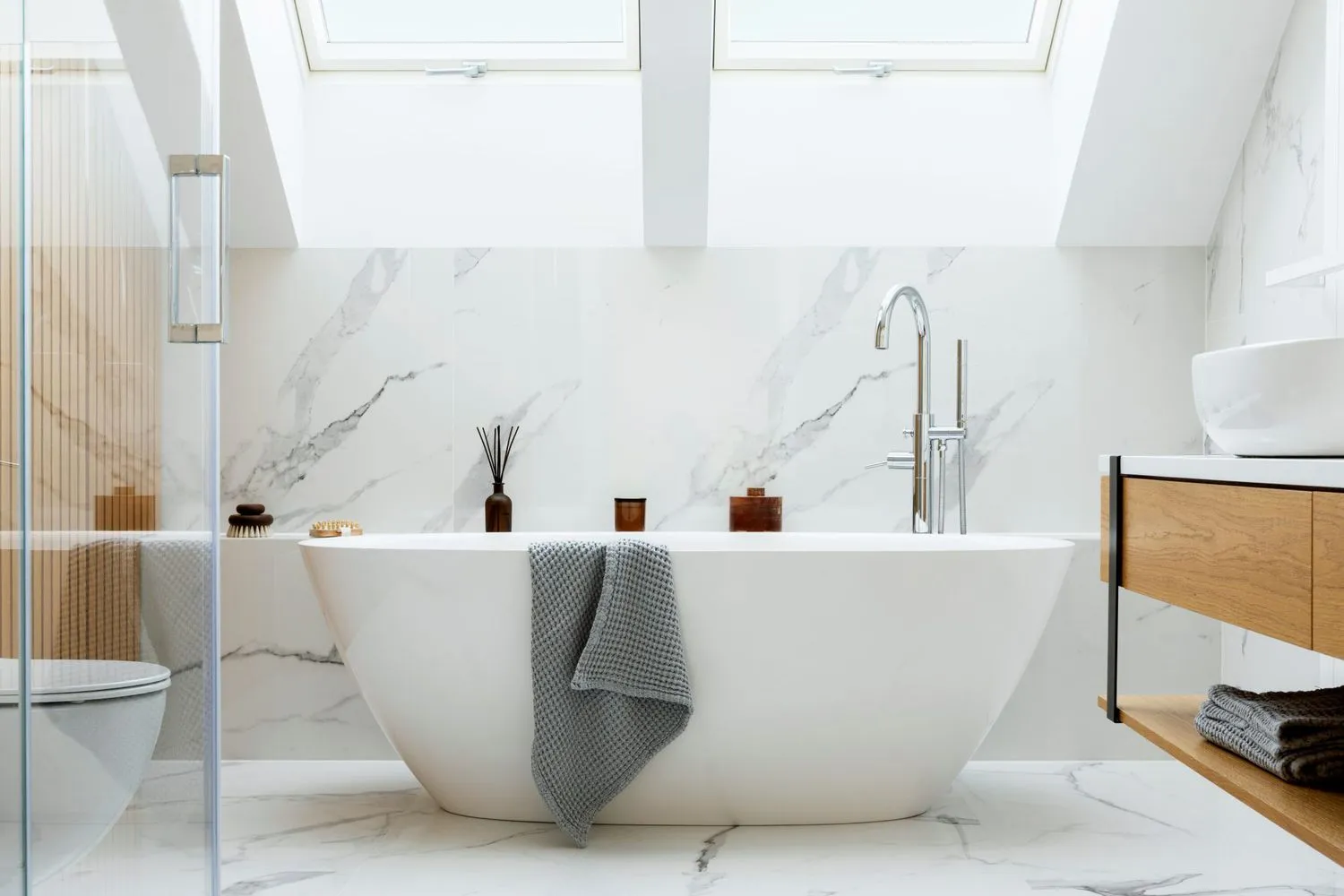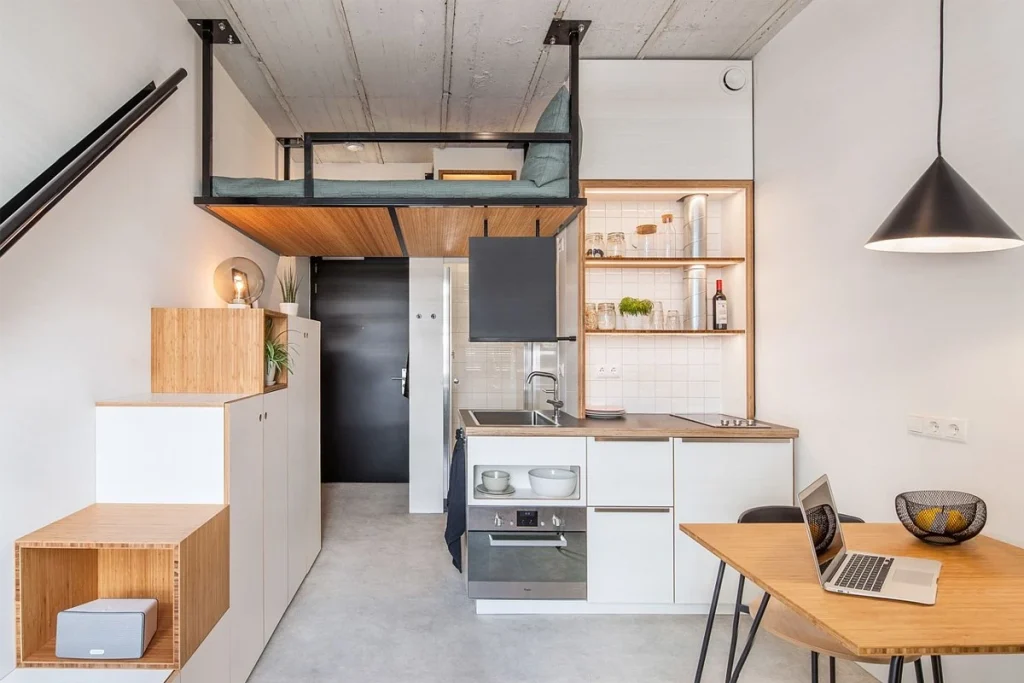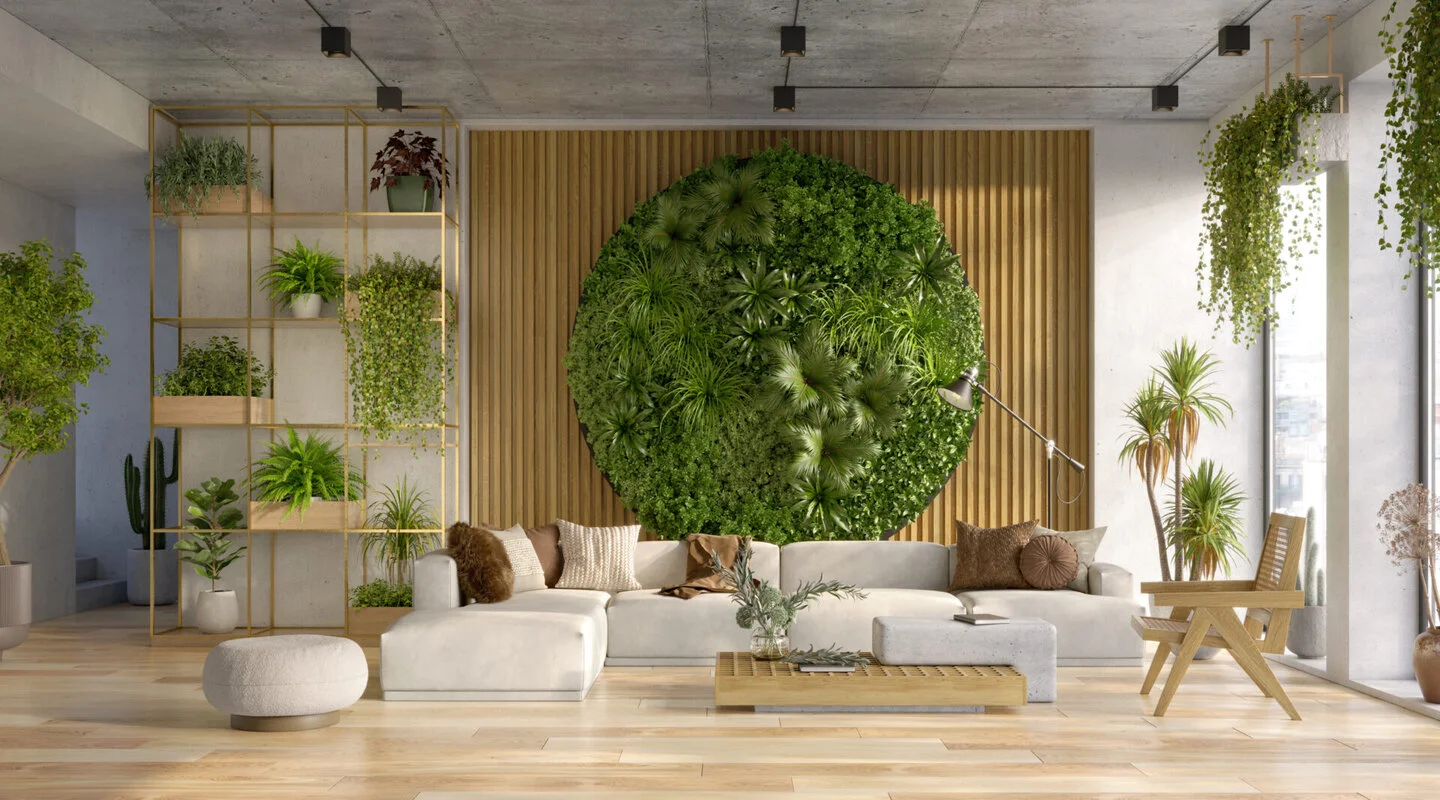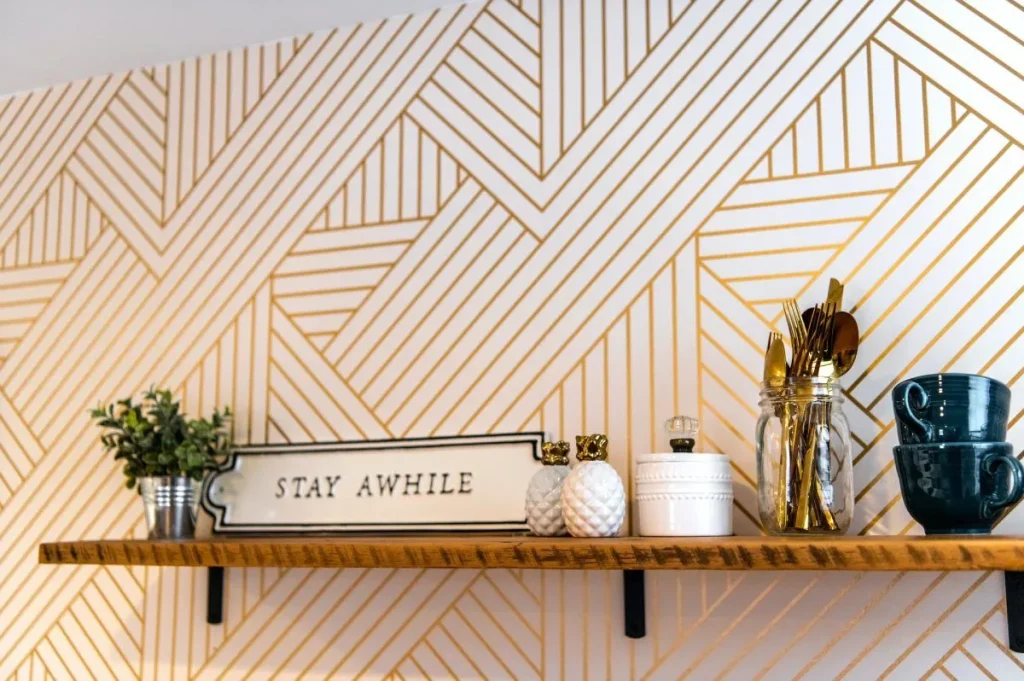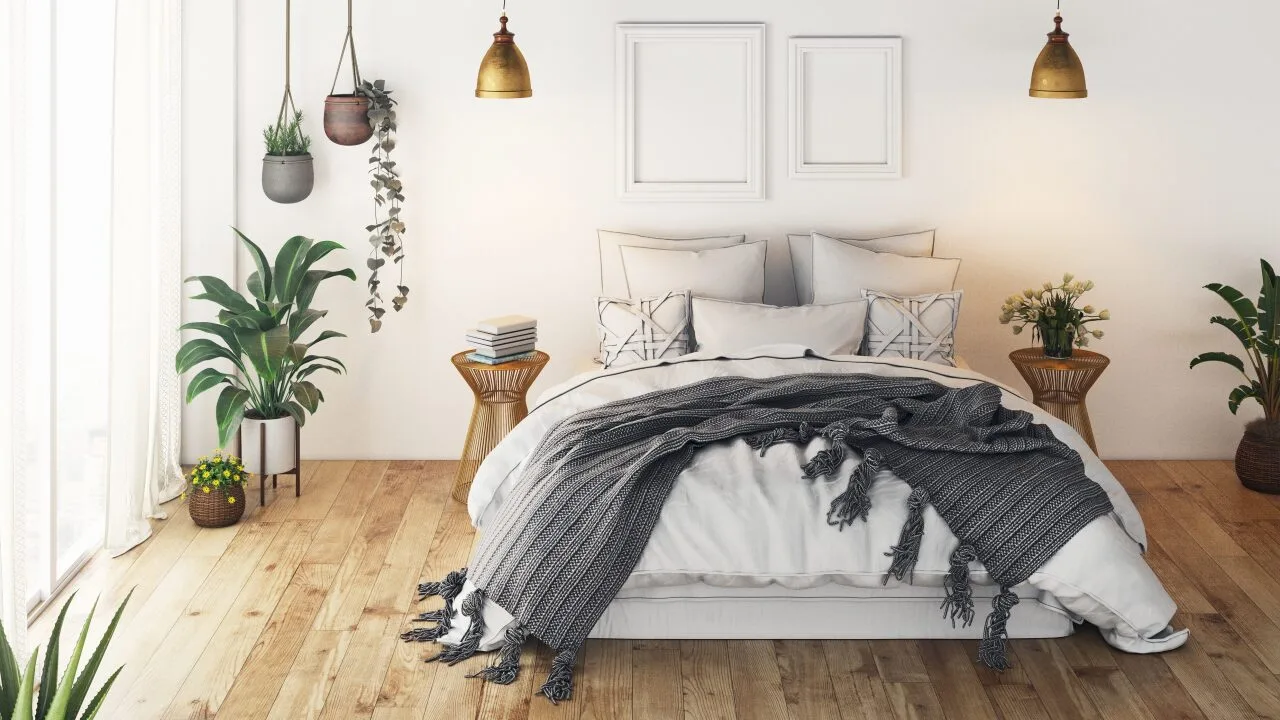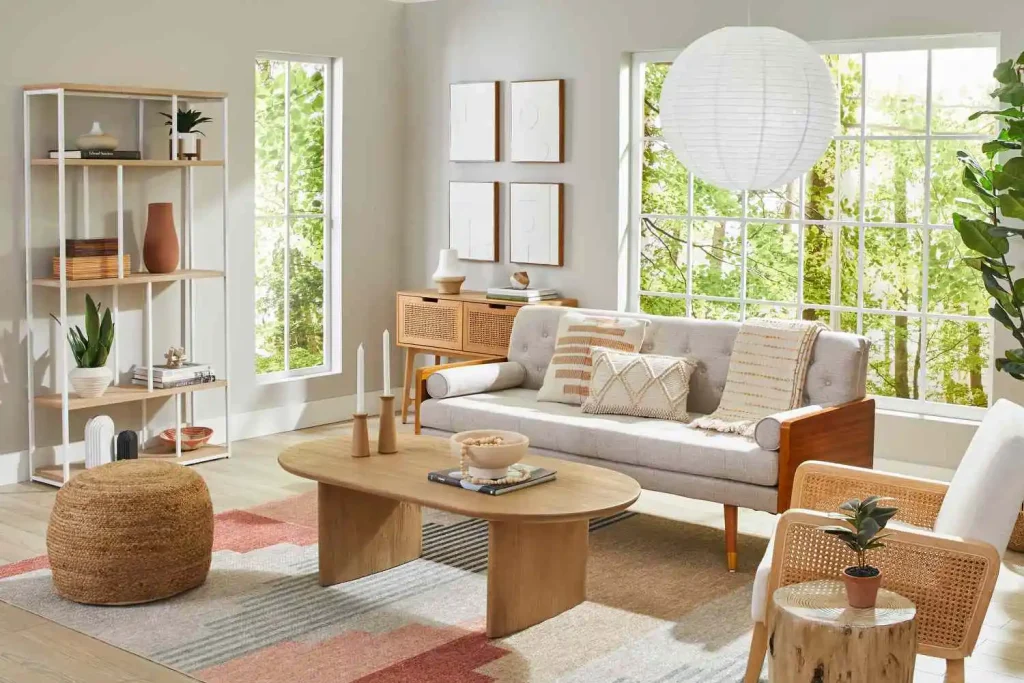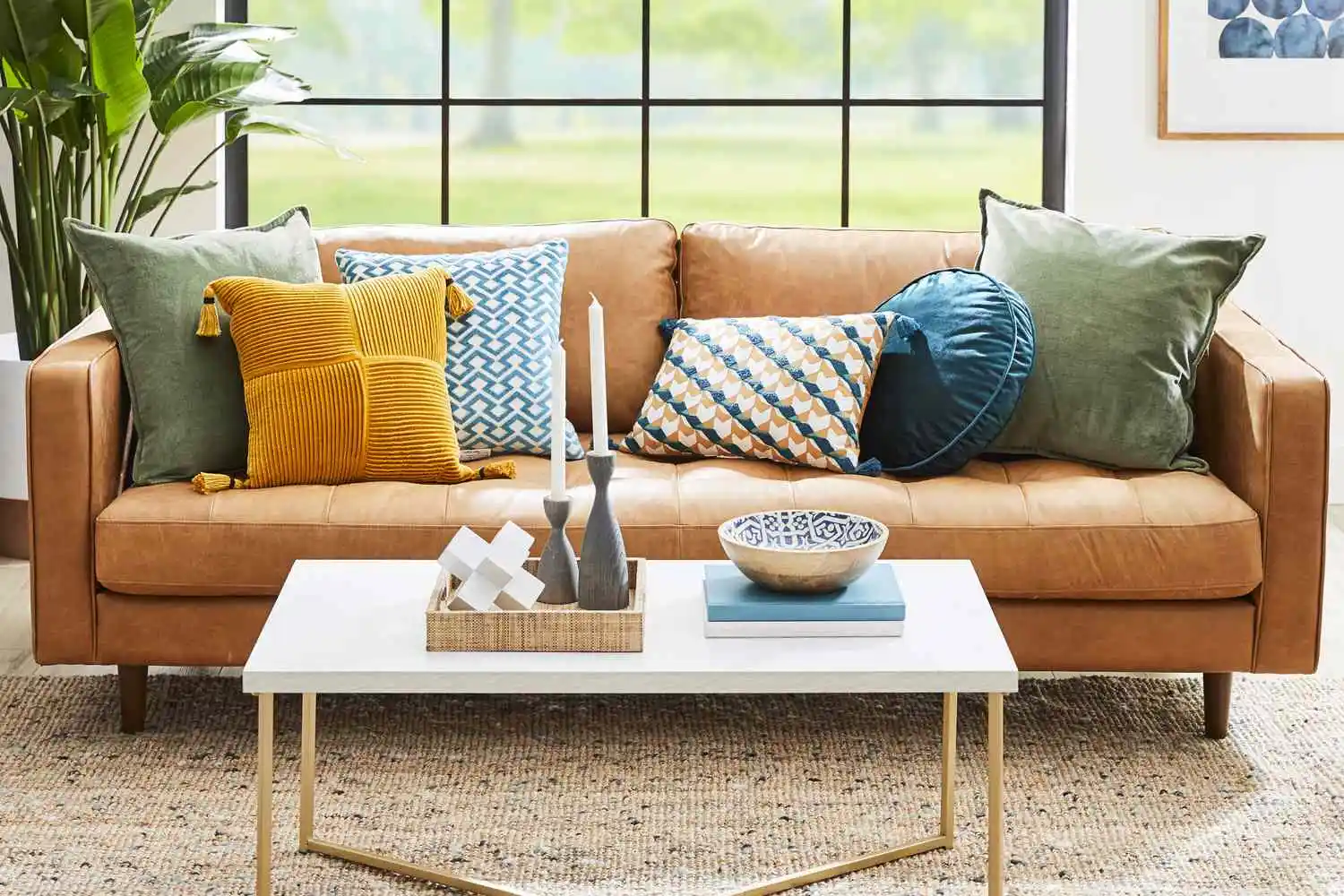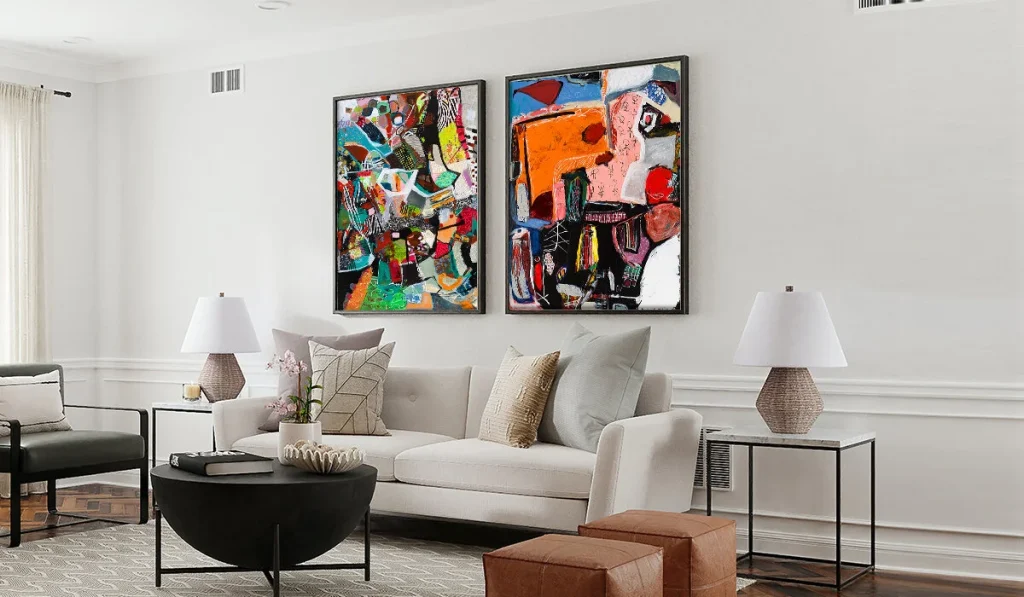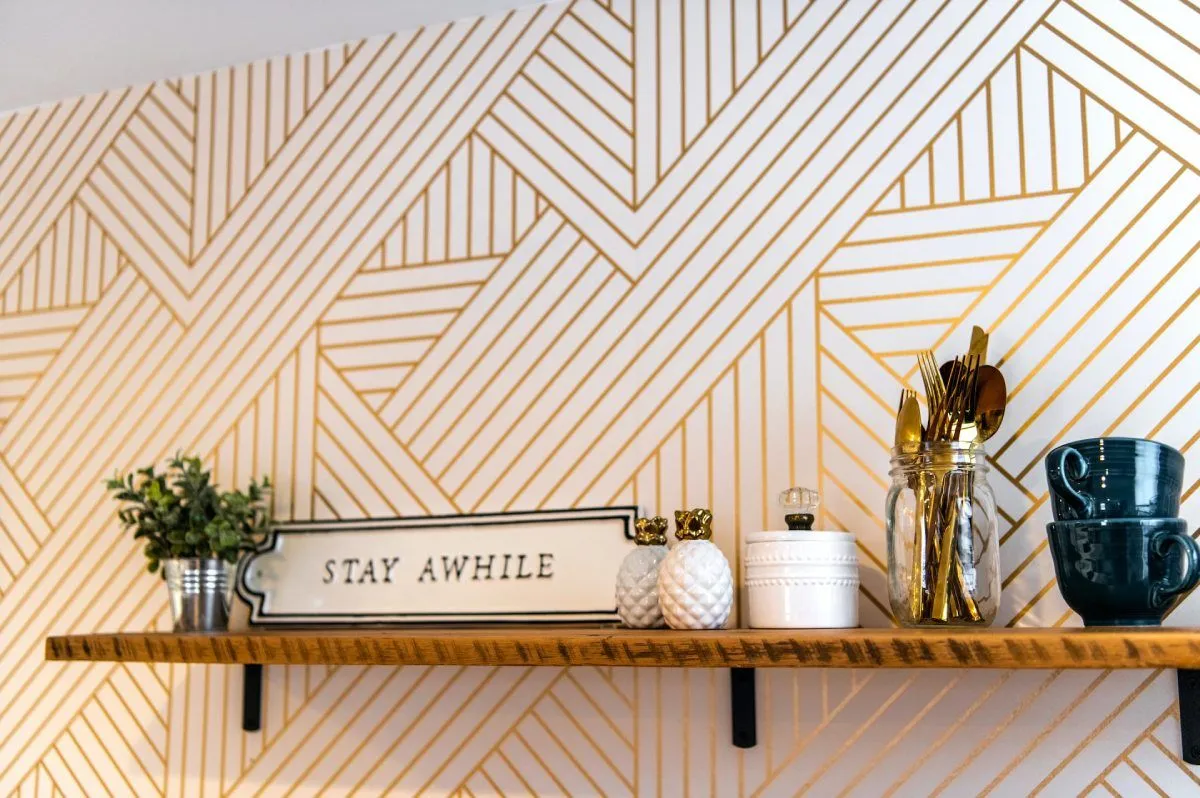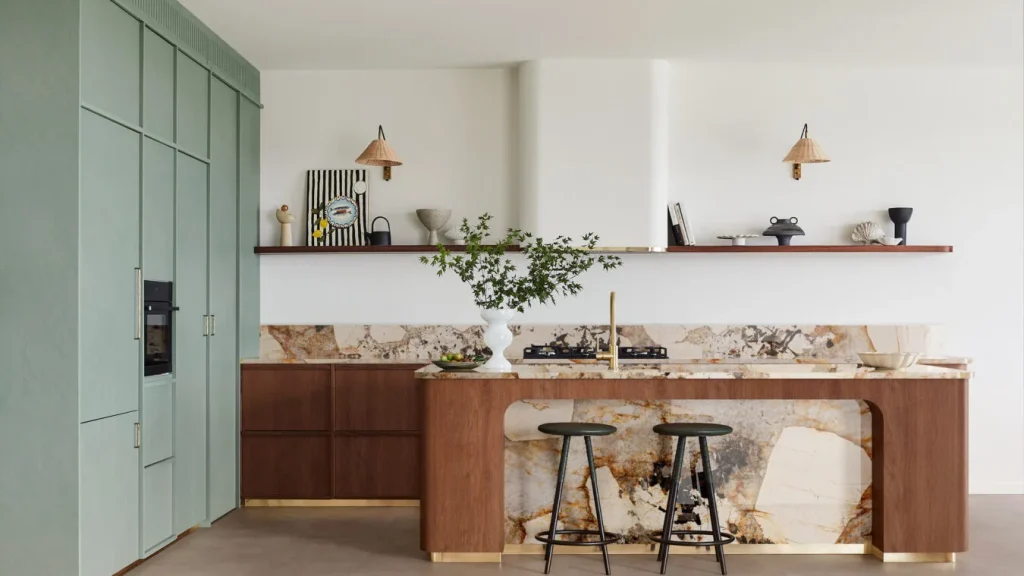How to Personalize Your Space with Unique Decor Items
Personalizing your space with unique decor items transforms a house into a home, reflecting your personality, taste, and memories. This process is not only about decorating but also about creating an environment that tells your story and makes you feel comfortable and inspired. This comprehensive guide will delve into various ways to personalize your space using unique decor items, providing detailed tips and inspiration to help you create a home that is distinctly yours.
1. Understanding the Importance of Personalization
Emotional Connection
Personalizing your space fosters an emotional connection to your home. When your surroundings reflect your personality, experiences, and preferences, you feel more connected and content. This emotional bond enhances your well-being and makes your home a sanctuary where you can relax and recharge.
Creating a Comfortable Environment
A personalized space is inherently more comfortable because it is tailored to your needs and tastes. Surrounding yourself with items you love and that have personal significance creates a comforting and inviting atmosphere.
Showcasing Personal Style
Your home is an extension of yourself, and personalizing it allows you to showcase your unique style. Whether you prefer minimalist design, bohemian vibes, or classic elegance, personalizing your decor ensures your space is a true reflection of who you are.
2. Finding Your Personal Style
Exploring Different Decor Styles
Begin by exploring different decor styles to understand what resonates with you:
- Modern: Clean lines, minimalism, and a neutral color palette.
- Traditional: Classic furniture, rich colors, and ornate details.
- Bohemian: Eclectic mix, vibrant colors, and lots of textures.
- Industrial: Raw materials, exposed elements, and a utilitarian feel.
- Scandinavian: Simplicity, functionality, and a light, airy aesthetic.
Identifying Your Preferences
Identify your preferences by considering:
- Colors and Patterns: Notice which colors and patterns you are naturally drawn to.
- Materials and Textures: Pay attention to the materials and textures that appeal to you, such as wood, metal, or fabric.
- Inspirational Spaces: Look at photos of interiors that inspire you and note common elements.
Creating a Mood Board
Create a mood board to visualize your style:
- Collect Images: Gather images of spaces, furniture, and decor items that you love.
- Identify Themes: Look for common themes, colors, and styles in your collection.
- Refine Your Vision: Use the mood board to refine and define your personal style.
3. Selecting Unique Decor Items
Art and Wall Decor
Art and wall decor are powerful tools for personalization:
- Original Art: Invest in original art pieces that speak to you.
- Prints and Posters: Choose prints and posters that reflect your interests and taste.
- Photographs: Display personal photographs in creative ways, such as a gallery wall.
Furniture and Upholstery
Furniture and upholstery significantly impact the look and feel of your space:
- Statement Pieces: Invest in statement furniture that reflects your style.
- Custom Upholstery: Consider custom upholstery to add a personal touch.
- Vintage Finds: Incorporate vintage furniture for a unique, eclectic look.
Lighting and Fixtures
Lighting sets the mood and enhances your decor:
- Unique Fixtures: Choose lighting fixtures that make a statement, such as chandeliers, pendant lights, or sconces.
- Table and Floor Lamps: Add personality with distinctive table and floor lamps.
- Dimmer Switches: Install dimmer switches to create adjustable lighting scenarios.
Textiles and Soft Furnishings
Textiles and soft furnishings add warmth and texture:
- Rugs: Choose rugs that complement your color scheme and add texture.
- Throw Pillows and Blankets: Mix and match throw pillows and blankets for a cozy, layered look.
- Curtains and Drapes: Select curtains and drapes that enhance your decor and provide privacy.
Accessories and Accents
Accessories and accents bring the finishing touches to your decor:
- Vases and Planters: Use unique vases and planters to display flowers and greenery.
- Decorative Objects: Incorporate decorative objects that reflect your interests and travels.
- Books and Magazines: Display books and magazines that inspire you and add character.
4. Incorporating Sentimental Items
Family Heirlooms
Family heirlooms add a sense of history and personal connection:
- Display with Pride: Showcase heirlooms in prominent places, such as on mantels or shelves.
- Mix with Modern: Mix heirlooms with modern pieces for a balanced look.
Travel Souvenirs
Travel souvenirs tell the story of your adventures:
- Curate Collections: Create curated displays of souvenirs, such as shadow boxes or shelves.
- Functional Decor: Incorporate functional souvenirs, like textiles or ceramics, into your daily life.
Personal Collections
Personal collections add character and interest:
- Groupings: Group similar items together for a cohesive display.
- Creative Displays: Get creative with how you display your collections, using unique shelves or frames.
5. DIY and Custom-Made Decor
DIY Projects for Personalized Decor
DIY projects allow you to create one-of-a-kind pieces:
- Handmade Art: Create your own artwork to display.
- Custom Furniture: Build or customize furniture to suit your needs and style.
- Crafted Decor: Make your own decor items, such as candles, vases, or wall hangings.
Commissioning Custom Pieces
Commissioning custom pieces ensures your decor is unique:
- Local Artisans: Work with local artisans to create custom furniture, lighting, or decor.
- Personal Designs: Collaborate on designs that reflect your personal taste and requirements.
Upcycling and Repurposing
Upcycling and repurposing give new life to old items:
- Furniture Makeovers: Give old furniture a new look with paint, stain, or upholstery.
- Repurposed Decor: Turn unexpected items into decor, such as using an old ladder as a bookshelf.
6. Using Color to Personalize Your Space
Choosing a Color Palette
A well-chosen color palette ties your decor together:
- Base Colors: Choose a few base colors that will dominate your decor.
- Accent Colors: Select accent colors to add interest and variety.
- Personal Favorites: Incorporate your favorite colors to make the space feel personal.
Painting Techniques and Finishes
Get creative with painting techniques and finishes:
- Accent Walls: Create an accent wall to add depth and interest.
- Ombre and Gradient: Use ombre or gradient techniques for a unique look.
- Textured Finishes: Experiment with textured finishes, such as stucco or limewash.
Accent Walls and Color Pops
Accent walls and color pops add visual interest:
- Bold Colors: Use bold colors on accent walls to create focal points.
- Small Pops: Incorporate small pops of color through accessories, such as pillows, vases, or art.
7. Creating Focal Points with Unique Decor
Statement Furniture
Statement furniture pieces draw attention and anchor a room:
- Bold Designs: Choose bold designs that stand out.
- Unique Shapes: Look for unique shapes and silhouettes.
- Contrasting Colors: Use contrasting colors to make the piece pop.
Bold Artwork
Bold artwork can transform a space:
- Large Scale: Opt for large-scale pieces that make an impact.
- Bright Colors: Choose bright colors to add energy and vibrancy.
- Interesting Subjects: Select artwork with interesting subjects or abstract designs.
Eye-Catching Accessories
Accessories add personality and interest:
- Unusual Materials: Choose accessories made from unusual materials, such as metal, glass, or reclaimed wood.
- Interesting Shapes: Look for accessories with interesting shapes and textures.
- Personal Items: Incorporate personal items, such as souvenirs or handmade objects.
8. Personalizing Different Rooms
Living Room
The living room is a central gathering space:
- Comfort and Style: Combine comfort and style with cozy furniture and unique decor.
- Gallery Walls: Create a gallery wall with a mix of art, photos, and decorative objects.
- Layered Textiles: Layer rugs, pillows, and throws for a warm, inviting look.
Bedroom
The bedroom is your personal retreat:
- Comfortable Bedding: Invest in high-quality, comfortable bedding.
- Personal Touches: Add personal touches with photos, art, and mementos.
- Functional Decor: Incorporate functional decor, such as bedside lamps and storage solutions.
Kitchen and Dining Area
The kitchen and dining area are the heart of the home:
- Functional Decor: Use functional decor, such as stylish cookware, tableware, and storage solutions.
- Personalized Accents: Add personalized accents, like a chalkboard wall or custom backsplash.
- Comfortable Seating: Ensure comfortable seating with upholstered chairs or cushions.
Bathroom
The bathroom can be a relaxing sanctuary:
- Spa-Like Touches: Add spa-like touches with plush towels, candles, and soothing colors.
- Unique Storage: Use unique storage solutions, such as baskets or shelves.
- Personalized Accessories: Incorporate personalized accessories, like monogrammed towels or custom soap dishes.
Home Office
The home office should be functional and inspiring:
- Ergonomic Furniture: Invest in ergonomic furniture for comfort and productivity.
- Inspiring Decor: Decorate with inspiring art, quotes, and personal items.
- Organized Space: Keep the space organized with stylish storage solutions.
Outdoor Spaces
Outdoor spaces can be extensions of your home:
- Comfortable Seating: Create comfortable seating areas with outdoor furniture and cushions.
- Personal Touches: Add personal touches with outdoor rugs, lanterns, and planters.
- Functional Decor: Incorporate functional decor, such as outdoor lighting and fire pits.
9. Balancing Personalization and Cohesion
Maintaining a Consistent Theme
A consistent theme ties your decor together:
- Choose a Style: Stick to a consistent decor style throughout your home.
- Color Palette: Use a cohesive color palette to create harmony.
- Repeated Elements: Repeat certain elements, like materials or patterns, to create continuity.
Harmonizing Different Styles
Mixing different styles can create a unique, eclectic look:
- Common Elements: Find common elements between different styles to harmonize them.
- Balance: Balance bold and subtle elements to avoid overwhelming the space.
- Layering: Layer different styles thoughtfully to create depth and interest.
Editing and Curating
Editing and curating ensure your space is cohesive and clutter-free:
- Declutter: Regularly declutter to keep your space tidy and organized.
- Curate Collections: Curate your decor and collections to avoid overcrowding.
- Intentional Placement: Place items intentionally to create a balanced, harmonious look.
10. Sourcing Unique Decor Items
Shopping at Local Markets and Fairs
Local markets and fairs are great places to find unique decor:
- Artisan Goods: Look for artisan goods that are handmade and one-of-a-kind.
- Vintage Finds: Explore vintage and antique markets for unique pieces.
- Supporting Local: Support local artists and craftspeople by purchasing their work.
Exploring Online Platforms
Online platforms offer a wide range of unique decor items:
- Etsy: Find handmade and vintage items on Etsy.
- eBay: Discover unique pieces and collectibles on eBay.
- Specialty Stores: Explore specialty stores that offer unique, curated collections.
Supporting Local Artists and Craftspeople
Supporting local artists and craftspeople enriches your community and adds character to your home:
- Art Galleries: Visit local art galleries to find original artwork.
- Craft Fairs: Attend craft fairs to discover handmade decor items.
- Commissioned Work: Commission custom pieces from local artists and artisans.
Conclusion
Personalizing your space with unique decor items is a rewarding journey that allows you to create a home that truly reflects your personality and style. By understanding the importance of personalization, finding your personal style, selecting unique decor items, and incorporating sentimental and DIY pieces, you can transform your space into a haven that tells your story. Balancing personalization with cohesion, sourcing unique decor items, and personalizing different rooms ensures your home is not only beautiful but also functional and comfortable. Embrace the process and enjoy the satisfaction of living in a space that is uniquely yours.

